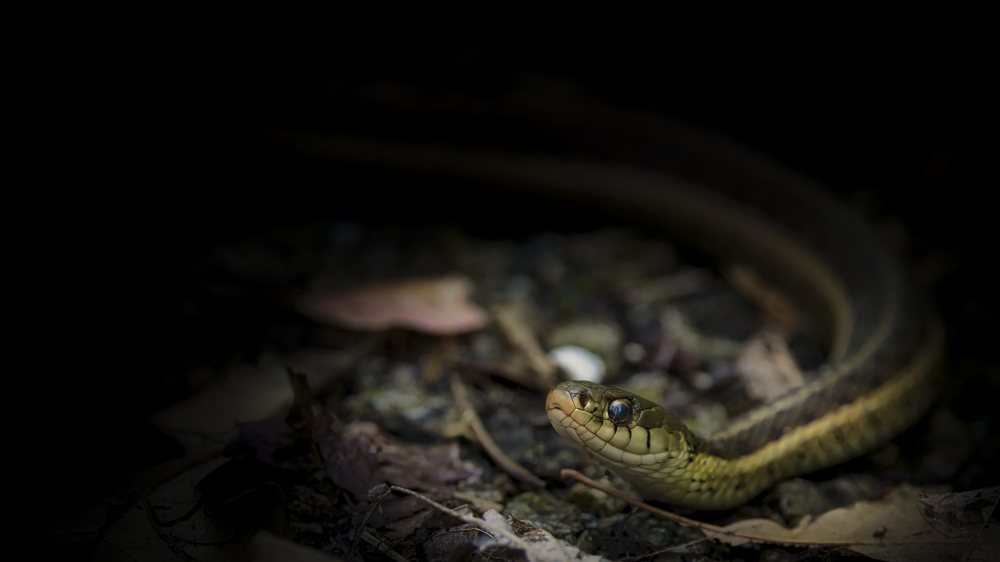
Brown-headed Cowbird
(Molothrus ater)
The Brown-headed Cowbird (Molothrus ater) is a species of bird native to North America. It belongs to the family Icteridae, which includes blackbirds, orioles, and meadowlarks. The Brown-headed Cowbird is named for its distinctive brown head, contrasting with its black body.
Here are some key characteristics and facts about the Brown-headed Cowbird:
- Physical Description: Adult male Brown-headed Cowbirds have a glossy black body with a brown head. The females are grayish-brown overall with a paler throat and faint streaking on the breast. Both males and females have a relatively short, thick bill and dark eyes.
- Range and Habitat: Brown-headed Cowbirds are found throughout North America, from southern Canada to northern Mexico. They are a highly adaptable species and can be found in a variety of habitats, including woodlands, grasslands, agricultural fields, and suburban areas.
- Brood Parasitism: One notable behavior of the Brown-headed Cowbird is its reproductive strategy known as brood parasitism. Unlike most birds, they do not build their own nests or raise their own young. Instead, female cowbirds lay their eggs in the nests of other bird species, known as host species. They target a wide range of hosts, including songbirds such as warblers, sparrows, and finches.
- Egg Mimicry: The cowbird eggs often resemble those of the host species, reducing the chances of rejection by the host parents. This mimicry can vary in accuracy and is believed to be an adaptation that evolved over time. The young cowbirds hatch earlier than the host's eggs, giving them a head start in growth and competition for resources.
- Impact on Host Species: The presence of Brown-headed Cowbird eggs in the nests of host species can have significant impacts. If the host parents accept the cowbird eggs and raise the cowbird chicks, it can result in reduced reproductive success for the host species. This behavior has led to concerns about the decline of some vulnerable or endangered bird species that are frequent targets of cowbird parasitism.
- Diet: The diet of the Brown-headed Cowbird consists of a variety of foods, including seeds, insects, fruits, and small invertebrates. They forage on the ground, often following grazing animals to feed on disturbed insects or seeds.
- Behavior and Vocalizations: Brown-headed Cowbirds are social birds and can be found in flocks outside the breeding season. The males have a unique courtship behavior where they puff up their feathers, spread their wings, and hop from branch to branch to attract females. Their vocalizations include a variety of calls, including a liquid-sounding "gurgle."
- Conservation Status: The Brown-headed Cowbird is not currently listed as a species of concern by the International Union for Conservation of Nature (IUCN). However, the impact of brood parasitism on other bird species and the alteration of natural reproductive behaviors have raised conservation concerns in some regions.
It's important to note that while the Brown-headed Cowbird has a fascinating reproductive strategy, its behavior can have
